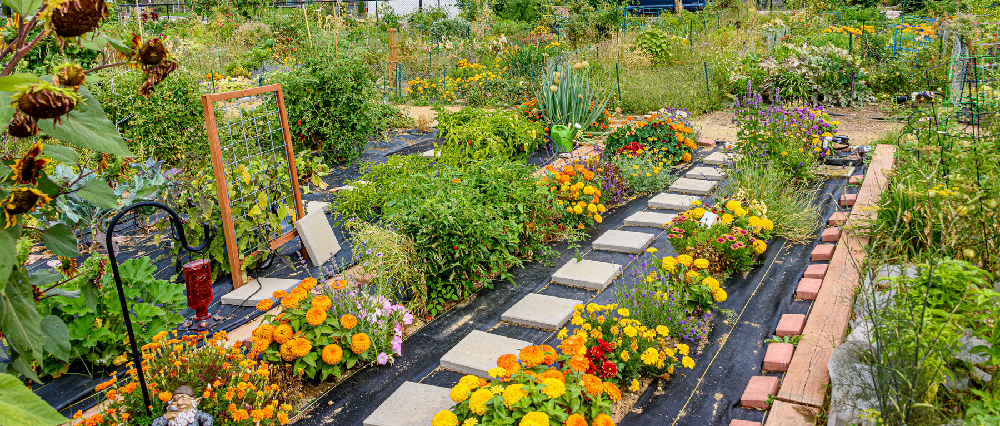In Cherry Hill, New Jersey, a growing number of residents are embracing the concept of community gardens as a means to cultivate sustainable food, foster a sense of community, and promote environmental stewardship. These vibrant and thriving spaces bring people together, fostering connections and creating a more sustainable and resilient community.

In this article, we’ll delve into the world of Cherry Hill’s community gardens and explore the benefits they offer to individuals and the broader community.
-
A Greener and Healthier Community: Community gardens play a vital role in promoting sustainable food practices by encouraging local food production. These gardens provide residents with an opportunity to grow their own fresh and organic produce, reducing their reliance on industrial agriculture and minimizing the environmental impact associated with long-distance food transportation. By growing their own food, individuals can lead healthier lifestyles and make conscious choices about the types of crops they cultivate, promoting sustainable and nutritious eating habits.
-
Fostering Community Connections: One of the most significant advantages of community gardens is their ability to bring people together. These shared spaces provide a platform for individuals from diverse backgrounds to connect, collaborate, and learn from one another. Gardeners often come together for workdays, sharing knowledge, experiences, and tips on gardening techniques. These interactions foster a sense of community, fostering friendships and creating a supportive network that extends beyond the garden.
-
Educational Opportunities: Community gardens offer excellent opportunities for learning and skill development. Many gardens organize workshops and educational programs on topics such as organic gardening, composting, and sustainable agriculture. These initiatives empower individuals with knowledge and practical skills that they can apply not only in the garden but also in their own homes. By participating in community garden activities, residents gain a deeper understanding of food production, environmental sustainability, and the importance of biodiversity.
-
Beautifying Neighborhoods: Beyond their practical benefits, community gardens also enhance the aesthetic appeal of neighborhoods. These vibrant green spaces transform vacant lots or underutilized areas into visually pleasing landscapes bursting with life. The sight of flourishing plants and colorful flowers creates a positive ambiance, attracting the attention of passersby and instilling a sense of pride within the community. Community gardens can become focal points for neighborhood gatherings, picnics, and even artistic endeavors, further enriching the community’s cultural fabric.
-
Food Security and Access: In addition to promoting sustainable food practices, community gardens contribute to enhancing food security and accessibility within the community. These gardens often engage in initiatives such as donating surplus produce to local food banks or organizing community food-sharing programs. By cultivating and sharing food resources, community gardeners contribute to reducing food insecurity and creating a more equitable food system.
-
Environmental Stewardship: Community gardens serve as living examples of sustainable practices and environmental stewardship. Through the use of organic gardening methods, composting, and water conservation techniques, gardeners demonstrate their commitment to preserving the environment and protecting natural resources. These gardens can also incorporate pollinator-friendly plantings, promoting biodiversity and supporting local ecosystems.
-
The Next Generation of Gardeners: Community gardens offer an excellent opportunity to pass on gardening knowledge and skills to the next generation. By involving children in gardening activities, schools, and community organizations can educate young individuals about the importance of sustainable food systems, nature appreciation, and healthy eating habits. Engaging children in gardening fosters a sense of responsibility, connection to the natural world, and the joy of growing their own food.
Conclusion: Cherry Hill’s community gardens are more than just plots of land for growing vegetables and flowers. They represent thriving hubs of sustainable food production, community engagement, and environmental stewardship. Through these gardens, individuals come together, connect, and contribute to building a stronger, healthier, and more sustainable community.



